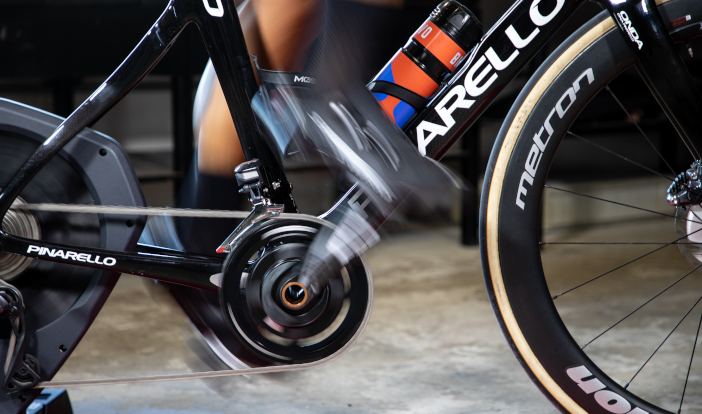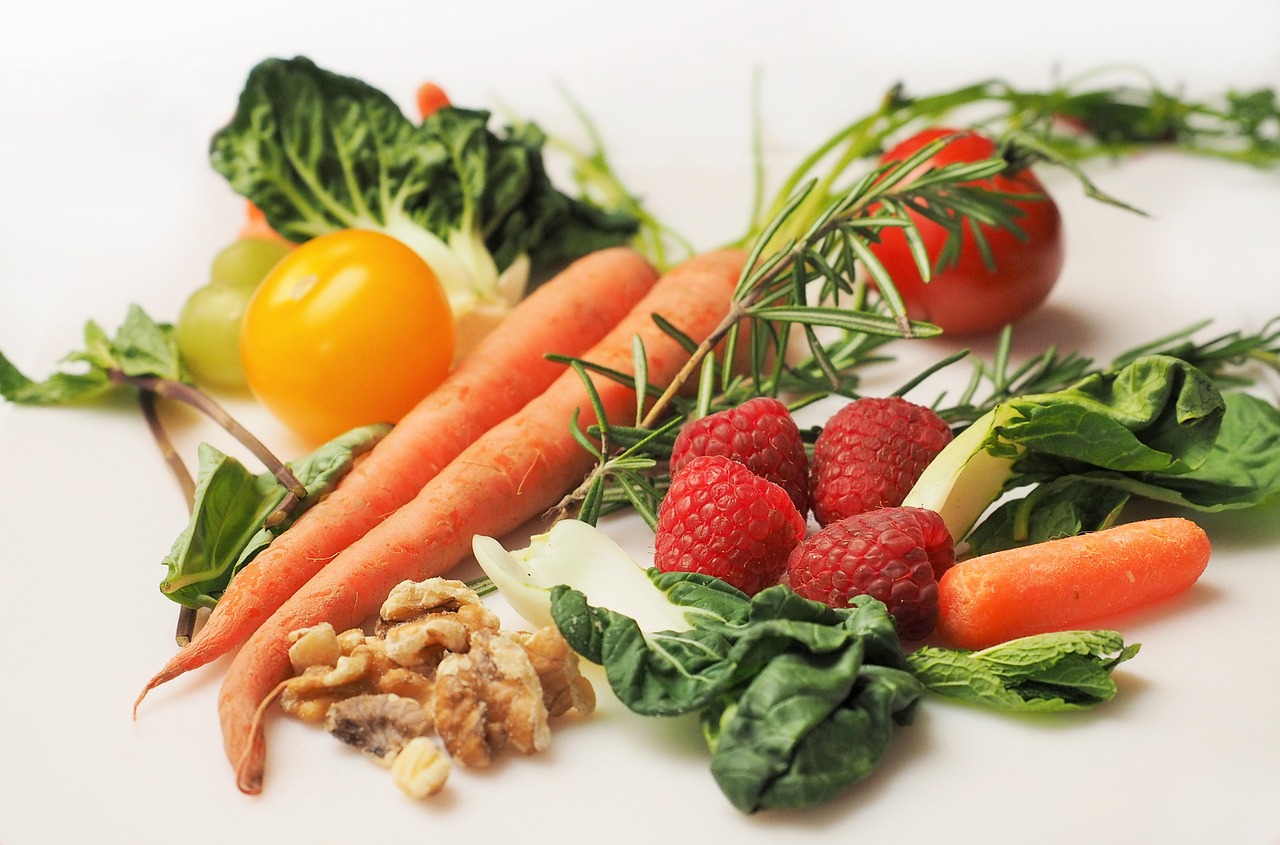Blood parameters, total cholesterol, CPK, LDH, transaminases, thyroid function, metabolic capacity and body composition in terms of lean mass and fat.
The body of a sedentary person differs in many aspects from that of an athlete: the blood parameters (cholesterol, CPK, LDH, transaminases), thyroid function, metabolic capacity and body composition in terms of lean mass and fat. During the last years, the general nutritional knowledge has been completely overturned. It is unavoidable that this also affects athletes.
Information in the field of nutrition is, however, often infiltrated by economic interests and subject to confusion. Many still believe that a sedentary life is to be preferred to that of regular physical activity. While physically active people can have ironclad convictions about nutrition, often not supported by scientific evidence.
Our task is, therefore, to consider the relevant scientific studies from biochemistry and nutrition, and those regarding the metabolic dynamics of the body under stress, and extract the key notions.
So, what are the four primary nutritional essentials for an athlete, as opposed to those of a sedentary person?
1. Normocaloric nutrition
2. Normoproteic nutrition
3. Selective recovery of minerals
4. Control of oxidation and inflammation
First and foremost, an athlete needs normocaloric nutrition, meaning athletes must meet their minimum caloric needs. If athletes assume too little calories, their hormonal balance may be at risk and they might not be able to perform at their full potential. The hypothalamus does not send out the right signals which allow muscles to develop normally and muscle mass may even shrink. Another important concept is that of normoproteic nutrition, which means taking in the right amount of protein.
The loss of liquids is evident in both races and training and it is of utmost importance to reintegrate lost fluids immediately. During such events the body is constantly trying to lower its temperature and sweat is the primary means through which it can cool down.
The body of an athlete also deals with inflammatory processes brought on by the stress of training. These inflammatory processes cause the body to produce a damaging acid. The human body, and this is especially true for athletes, needs to be slightly basic to be in equilibrium. By making the correct nutritional choices the pH of the blood can be kept between 7.35 and 7.45, which are considered the optimum values.
If athletes take care of these four basic nutritional needs, their body will develop with only one restraint, namely that of the amount of fat considered ideal for the sport practiced and correspondent muscle mass. We will have the chance to go into detail on these issues subsequently.

Editorial Board
You might also be interested in


